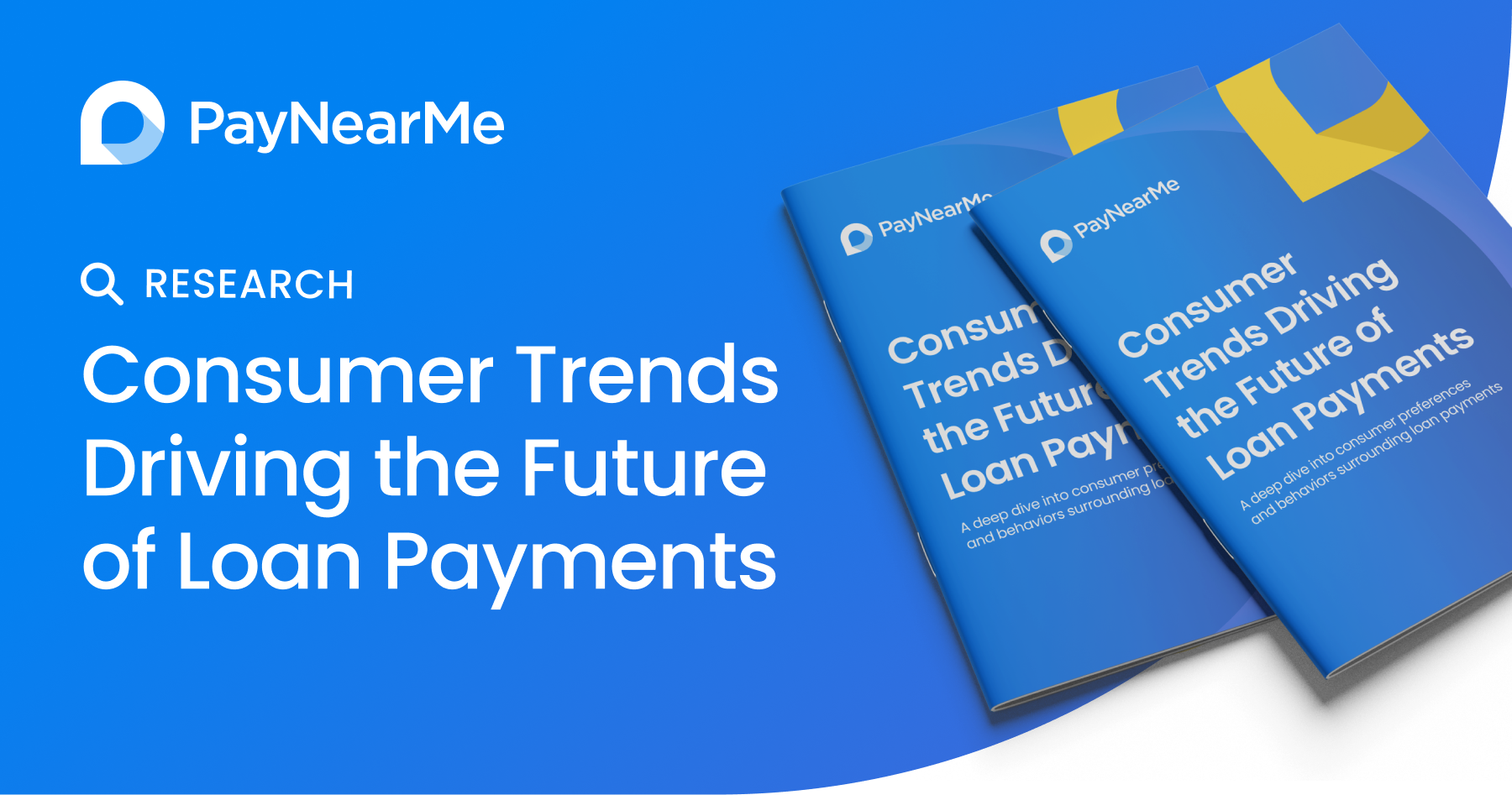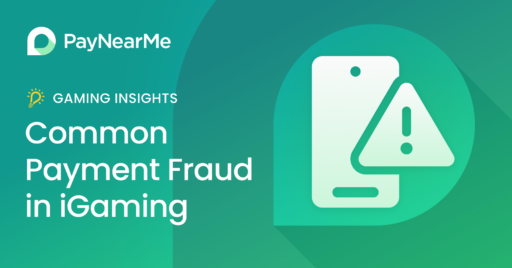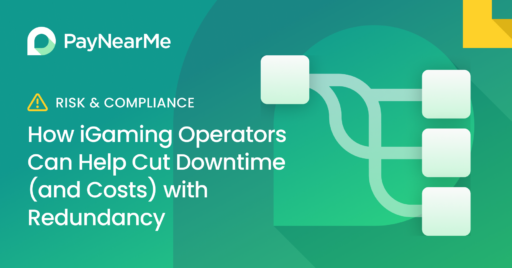The (Revised) Future of Bill Payments

If there’s one thing the first half of 2020 has taught us, it’s that outside forces can influence change as much as any disruptive technology or startup could. Ecommerce has grown more in the past two quarters than in the previous ten years. Nearly every retailer has adopted curbside pickup, delivery and online ordering. Education has experienced a radical overhaul at every level.
The payments industry is no exception. Over the past few months, businesses, consumers and governments have had to completely shift the way they think about transacting. These changes have accelerated innovation in the space, turning early adoption into the status quo.
All this leads to an important question: what will the future of payments actually look like? And how can you prepare for the inevitable changes that lay ahead?
While there’s no way to accurately predict what’s to come, we can use our position in the industry to make some reasonable predictions. Here are five trends we believe will shape the future of bill payments.
1. Contactless Payments & The Rise of Digital Wallets
Contactless payments have surged in the first half of 2020. According to a recent MasterCard survey, more than half (51%) of Americans are actively taking advantage of contactless payments. While this mostly affects retail and POS payments right now, there are downstream effects that will make their way into bill pay in the near future.
The clear winners in the contactless payments surge are digital wallets, such as Apple Pay and Google Pay. These services can “digitize” any debit or credit card, even when the physical card doesn’t support tap and go functionality. As consumers begin to rely on the security, convenience and add-on features of digital wallets, they will begin to expect billers to offer payment options that natively work with wallets.
Digital wallet acceptance by billers will be critical in the near future, manifesting in a few key areas:
- Offering customers the ability to pay with Apple Pay and Google Pay as a tender type
- Native bill pay capabilities within the wallet
- Bill history, presentment and other data stored within the wallet
- Walk-in systems that accept contactless payments
As contactless payments grow, so will digital wallet adoption.
2. Remote Collections as the Norm
Now that we have a blueprint for remote work, it will be surprising if many billers don’t take advantage of the opportunity. Remote workers solve many problems for businesses, including lower office costs, the ability to recruit from a larger talent pool, and greater employee satisfaction with reduced commutes.
But new challenges have emerged as well, namely in the realm of security, compliance and productivity. Remote collectors need ways to accept payments while protecting both consumer and biller data, and smart software will offer these solutions.
The future of remote collections will see a rise in cloud platforms that streamline the collections process and allow for secure ways to take payments that don’t rely on the transmission of card numbers and bank account information over the phone. Remote collectors will be able to push consumer authorizations via text message, email and push notifications, while allowing consumers to authorize one-time and recurring payments via secure links.
There are still legal and business challenges to overcome before we see remote collections surpass traditional call centers, but these problems are solvable (and in some cases, already in practice).
3. Payments Drive Relationships
Many billers are opening their eyes to the untapped potential of the monthly bill as a way to grow long-term customer value. Fewer customers are completing in-person payments, making it more difficult to use those on-site interactions to build relationships, cross-sell and deliver value-added brand experiences (for example, free branded pens or lollipops that many banks had relied on for years.)
Monthly bills are becoming the most important touchpoint between billers and consumers. This is a required touchpoint every month, and offers billers more opportunities to build meaningful relationships with customers.
This means that a shift has to happen in the bill pay industry, with payment platforms giving billers more tools to manage, understand and engage with their customers.
4. Customer Experience in the Driver’s Seat
As we’ve touched on in the past, increased competition and other outside forces have driven margins way down for many financial institutions, including lenders, banks and credit unions. A mindset shift has started to take hold, focusing on portfolio profitability and focusing on driving down loan servicing expenses.
Smart billers will understand that customer experience is the key to cost savings, driven by actions such as:
- Promoting self-service as the preferred way to pay
- Increasing autopay and recurring payment adoption
- Reducing the amount of time spent by collectors on each customer
- Redirecting on-site payments (such as cash payers) to off-site or remote options
- Using smart business rules to automate redundant or repeatable tasks
- Taking advantage of advanced reporting and predictive scoring models to find and reduce cost inefficiencies
These types of user experience interactions, both on the consumer and biller side, will allow for significant improvements in profitability for many financial institutions in the future.
5. Privacy and Security Must Be Addressed
The financial services industry experiences more than one-third of all data breaches, earning it the undesirable title of most-breached sector. The number of interdependent components and interconnected systems processing millions of transactions makes financial organizations particularly vulnerable to cyberattacks. Consumers know this – they have seen the headlines and perhaps even fallen victim to a breach themselves.
Going forward, billers will have to instill confidence in their customers by protecting sensitive data from both internal and external threats. And while biometric authentication methods may improve security, the demand for mobile payments will bring with it a whole new set of concerns.
Partner with Future Focused Vendors
Preparing for the future of payments means taking meaningful strides today. PayNearMe is a modern payments processor that lets your customers choose how, when, and where they want to pay, delivering a consistent user experience across channels.
Find out more about PayNearMe and how our platform can help your business thrive in the face of fast-changing technologies.

 Back
Back
 Back
Back


